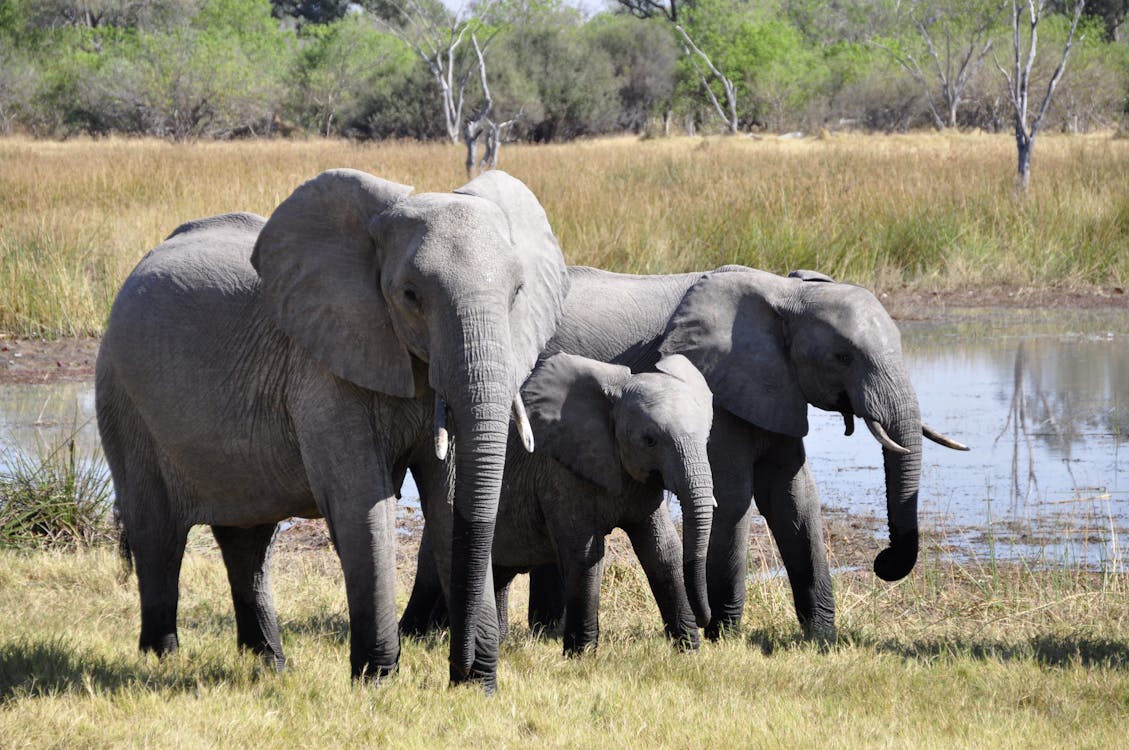Elephants, the largest land mammals on Earth, captivate our imagination with their immense size, intelligence, and complex social structures. These majestic giants play a crucial role in their ecosystems and have a rich cultural significance across various societies. In this article, we will explore the fascinating world of elephants, examining their behavior, habitat, and the threats they face in the wild.
1. The Different Species of Elephants
- African Elephants (Loxodonta africana)
African elephants are the largest of the three species and are distinguished by their large ears, which help regulate body temperature. They can weigh up to 12,000 pounds and are known for their strong social bonds. African elephants inhabit savannas, forests, and grasslands across sub-Saharan Africa. - Asian Elephants (Elephas maximus)
Smaller than their African counterparts, Asian elephants are characterized by their smaller ears and a more rounded back. These elephants are primarily found in India and Southeast Asia, living in forests and grasslands. Unlike African elephants, Asian elephants often have domesticated populations used for labor and tourism. - Forest Elephants (Loxodonta cyclotis)
A subspecies of African elephants, forest elephants are smaller and have straighter tusks. They are found in the dense rainforests of Central and West Africa. Their elusive nature and smaller population make them more vulnerable to extinction due to habitat loss and poaching.
2. The Social Structure of Elephants
Elephants are known for their intricate social structures, often living in matriarchal herds led by the oldest female. These herds typically consist of female elephants and their offspring. Male elephants, once they reach maturity, usually leave their family groups to live solitary lives or form loose bachelor herds.
The social bonds within elephant herds are incredibly strong. Elephants communicate through vocalizations, body language, and even through the ground by sending vibrations. They exhibit empathy and altruism, often helping injured or distressed members of their herd. This social complexity is a testament to their intelligence and emotional depth.
3. Habitat and Migration Patterns
Elephants require vast territories to meet their needs for food, water, and space. They are herbivores, consuming a variety of vegetation, including grass, leaves, and bark. African elephants can eat up to 300 pounds of food in a single day.
Seasonal migrations are common among elephants as they search for resources. These migrations can cover hundreds of miles, demonstrating their remarkable memory and navigation skills. They often return to the same water sources and feeding grounds, highlighting their deep connection to the land.
4. Threats to Elephants
Despite their resilience, elephants face numerous threats that jeopardize their existence.
- Poaching: The illegal ivory trade remains one of the most significant threats to elephants. Poachers target elephants for their tusks, leading to a dramatic decline in populations, especially in African elephants.
- Habitat Loss: As human populations expand, elephants’ natural habitats are increasingly fragmented due to agriculture, urbanization, and infrastructure development. This encroachment not only reduces their living space but also disrupts migratory routes.
- Human-Wildlife Conflict: As elephants venture into human settlements in search of food, conflicts arise. Farmers often retaliate against elephants damaging crops, further endangering their survival.
Conclusion
Elephants are not only majestic creatures but also vital components of their ecosystems. Their intelligence, social structures, and migratory patterns reflect the complexity of life on Earth. Protecting these gentle giants requires global awareness and concerted conservation efforts to combat poaching, habitat loss, and human-wildlife conflicts. By understanding and appreciating the fascinating world of elephants, we can play our part in ensuring their survival for future generations.

